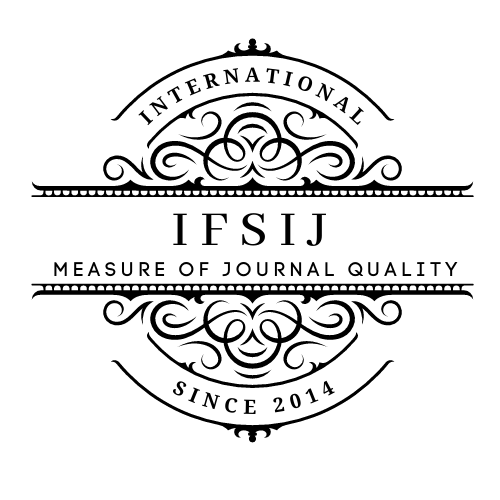EVALUATION OF PHYSIOLOGICAL AND MORPHO-AGRONOMIC TRAITS OF GOSSYPIUM HIRSUTUM L. UNDER VARYING WATER SUPPLY CONDITIONS
Keywords:
G.hirsutum L., drought, water deficit, chlorophyll, transpiration.Abstract
The analysis of physiological and morpho-agronomic traits in upland cotton (Gossypium hirsutum L.) under varying water supply conditions is crucial for understanding the plant's adaptability and productivity in water-limited environments. Such studies typically focus on how different irrigation regimes affect plant growth, physiology, and yield components. According to the authors, upland cotton lines adapted to water deficit by changing the total water content and transpiration rate in the leaves of the plants, with varying degrees of decrease and varying degrees of increase in water retention in the leaves. It was found that the trait of transpiration rate is the most influential sign of water deficiency among the studied traits. It was found that the content of chlorophyll a, chlorophyll b and carotenoids in the leaves of upland cotton line plants decreases in different degrees in water deficit compared to the conditions of optimal water supply. The amount of proline amino acid was found to increase in different degrees. Plant productivity was reduced in upland cotton lines under water deficity compared to control (optimal water regime). Relatively high productivity and durability under these stress conditions were recorded in T-22, T-11, T-15 and T-7 lines. It was found that the water retention capacity of leaves decreases with the increase of transpiration rate in the upland cotton lines against the condition of different water supply. It was found that there is a positive correlation between the increase in the water retention property of leaves and the increase in plant productivity in water deficity condition.
Downloads
Published
Issue
Section
License

This work is licensed under a Creative Commons Attribution-NonCommercial-NoDerivatives 4.0 International License.















